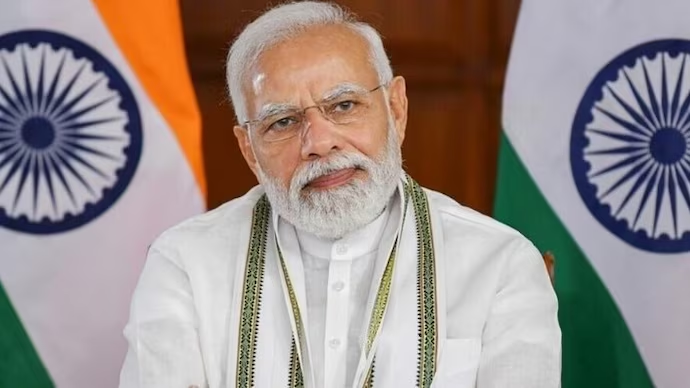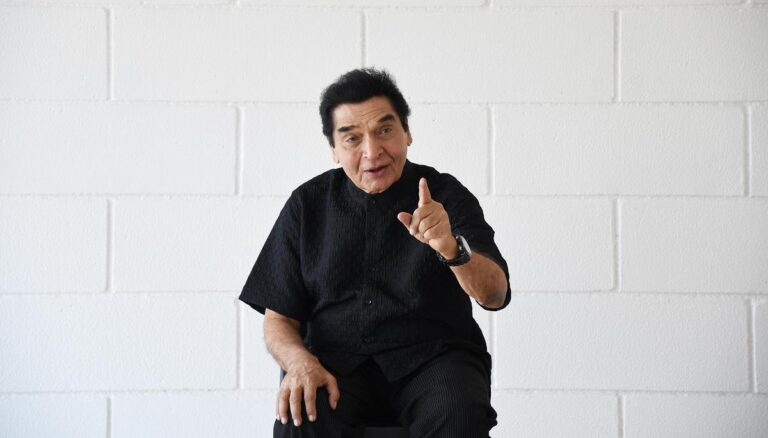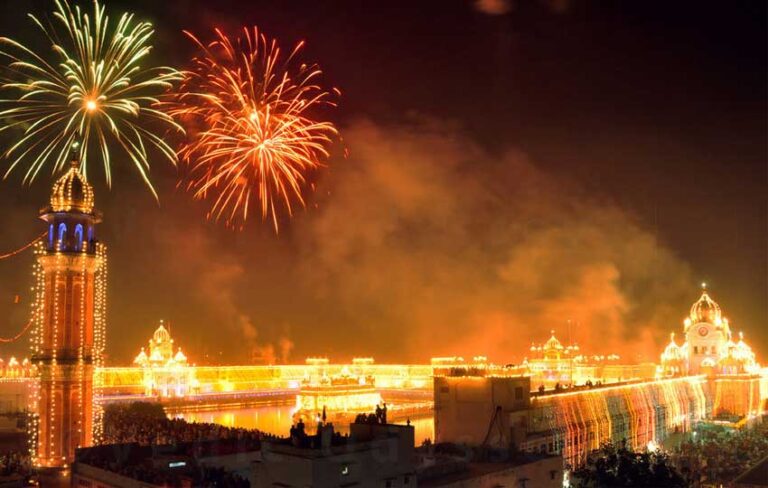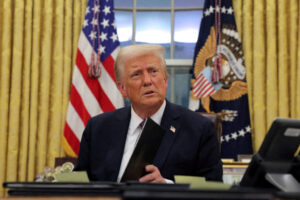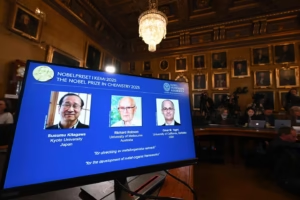Mumbai, October 8, 2025 In a landmark moment for India’s financial capital, Prime Minister Narendra Modi inaugurated the Navi Mumbai International Adani Airport and the final stretch of Mumbai Metro Line 3, signaling the start of a bold new phase in Mumbai’s infrastructure journey. Together, these mega projects developed at a combined cost of nearly $4 billion represent one of the largest urban modernization drives in India’s history.
A New Gateway to the Skies
The newly inaugurated Navi Mumbai International Adani Airport, built by the Adani Group, is set to redefine India’s aviation landscape. Designed to handle up to 90 million passengers annually once fully operational, the airport is expected to ease the heavy load currently carried by Mumbai’s Chhatrapati Shivaji Maharaj International Airport.
The first phase alone, built at a cost of approximately ₹ 19,650 crore, features a 3,700-meter runway, next-generation terminals, and seamless multimodal connectivity linking the site to Mumbai and Pune via road, metro, and sea routes.
At the inauguration, Prime Minister Modi called the Adani Airport “a symbol of Viksit Bharat,” emphasizing that the project reflects India’s growing ambition to match the infrastructure standards of developed nations. He added that the facility will “empower millions of travelers, boost local industries, and strengthen India’s role in global trade and tourism.”
The airport’s architectural design draws inspiration from the lotus flower, India’s national symbol, blending traditional aesthetics with futuristic engineering. It includes AI-based predictive traffic systems, Digi Yatra-enabled contactless boarding, and 5G-driven operations making it one of the most technologically advanced airports in Asia.
Mumbai’s Metro Revolution

Alongside the Adani Airport, Modi also inaugurated the final underground section of Metro Line 3, stretching from Acharya Atre Chowk to Cuffe Parade. The 33-kilometer fully underground corridor, developed at a cost of around ₹ 12,200 crore, is designed to cut commute times dramatically while reducing road congestion and pollution.
This line connects key business and residential districts, including Bandra Kurla Complex, Churchgate, and Colaba areas that have long suffered from overcrowded roads and long travel times.
“Metro Line 3 is not just a transport project it’s a lifeline for Mumbaikars,” Modi said during the launch event. “For every citizen who spends hours in traffic every day, this metro will give back time, comfort, and dignity.”
The new underground line uses cutting-edge tunnel boring and noise-reduction technology, making it one of the quietest and safest metro systems in the country. It also integrates digital ticketing, real-time monitoring, and eco-friendly ventilation systems.
A $4 Billion Mumbai Adani Airport Facelift
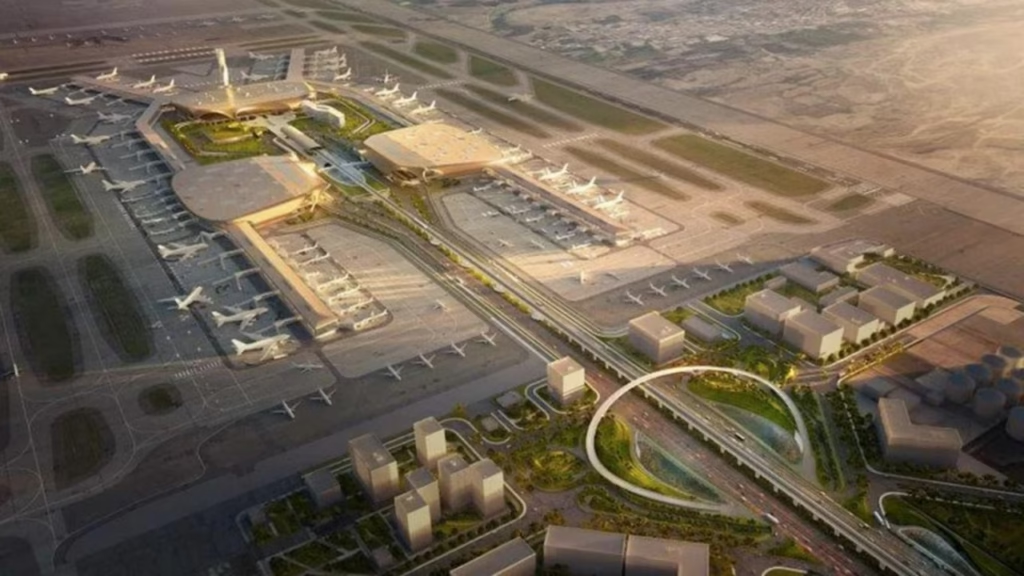
Together, the airport and metro projects form the foundation of what analysts are calling Mumbai’s $4 billion urban facelift a sweeping transformation aimed at turning the megacity into a cleaner, faster, and smarter metropolis.
Urban planners note that these projects will not only ease transportation woes but also open up massive economic and real estate opportunities across the Mumbai Metropolitan Region. Areas like Navi Mumbai, Panvel, and Chembur are expected to see exponential growth in both residential and commercial development.
For the Modi government, the timing is strategic. As India eyes becoming a $5 trillion economy, infrastructure remains a core pillar of the administration’s “Make in India” and “Digital India” visions. The completion of such high-profile projects also signals India’s ability to execute mega infrastructure plans on a global scale.
The Adani Factor
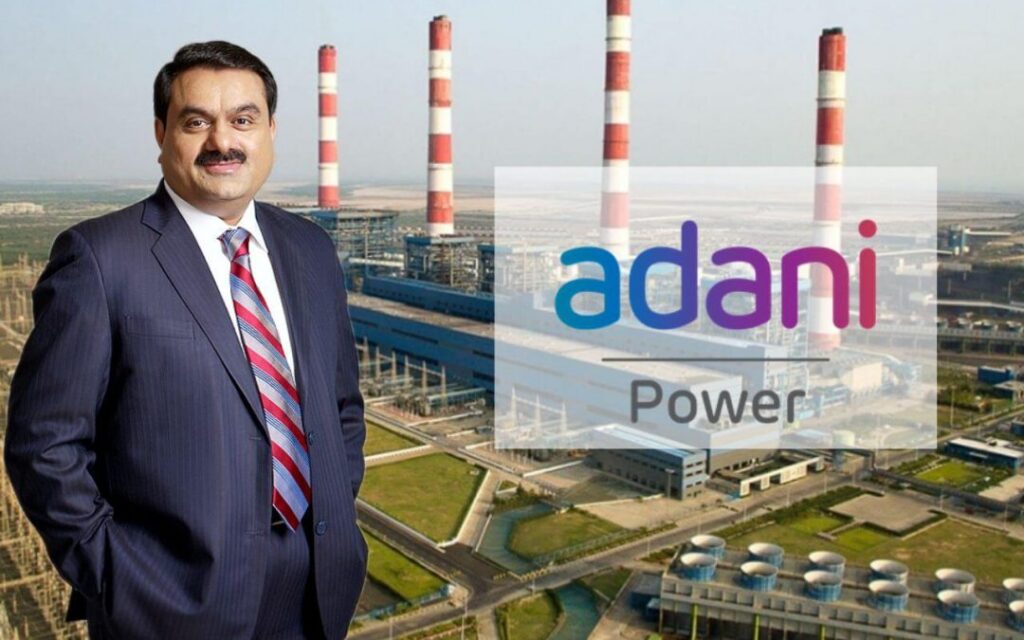
The launch also marks a major comeback for Gautam Adani and his conglomerate, which faced scrutiny and stock volatility in 2023. The successful completion and handover of the Navi Mumbai International Airport reinforce Adani Group’s reputation as a key player in India’s infrastructure ecosystem.
Adani called the project “a reflection of India’s unstoppable growth,” adding that the airport would “serve as a global benchmark for sustainability, efficiency, and technology-driven design.”
Challenges Ahead
Despite the optimism, experts caution that the real test lies in implementation and integration. The success of these projects will depend on smooth operations, last-mile connectivity, and maintenance.
Inclusive growth: Critics warn that benefits should extend beyond elite zones, ensuring equitable development across all communities.
Operational readiness: The airport’s first commercial flights are expected in December 2025. Delays or technical glitches could dampen early enthusiasm.
Commuter experience: The metro must maintain affordability, safety, and punctuality to win over daily travelers.
Environmental impact: Large projects near wetlands and coastal zones often face ecological challenges. Continuous monitoring and mitigation will be crucial.
A Step Toward Future India
Still, for many citizens, today’s inauguration Adani Airport represents a moment of pride. After decades of overcrowding, potholes, and chaotic commutes, Mumbai finally appears to be catching up with its global counterparts.
These developments also strengthen India’s soft power image demonstrating that the country is no longer limited to IT or services but is emerging as a powerhouse in infrastructure innovation and urban design.
The dual inaugurations stand as a statement of intent: that India is building not just for the present, but for a future where its cities rival London, Dubai, and Singapore.
As Modi summed it up at the event:
“Mumbai is not just a city it’s the heartbeat of India. When Mumbai moves forward, India moves forward.”
With its Adani Airport, underground metro, and digital infrastructure vision, Mumbai is indeed moving forward faster, smarter, and higher than ever before.




